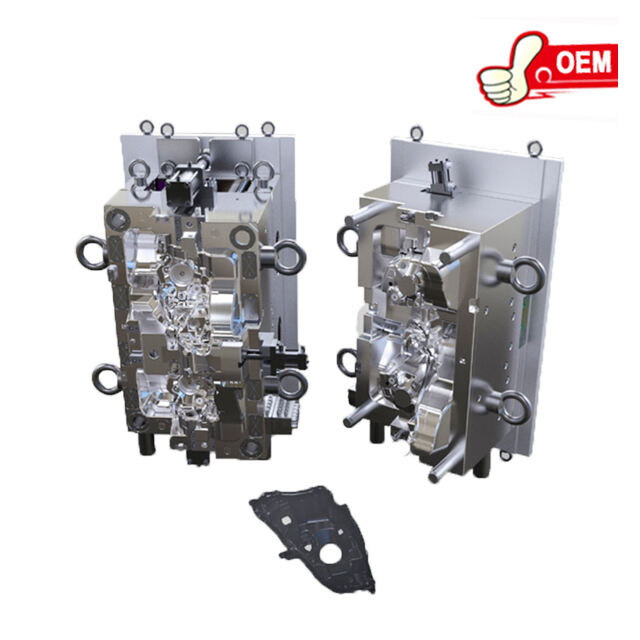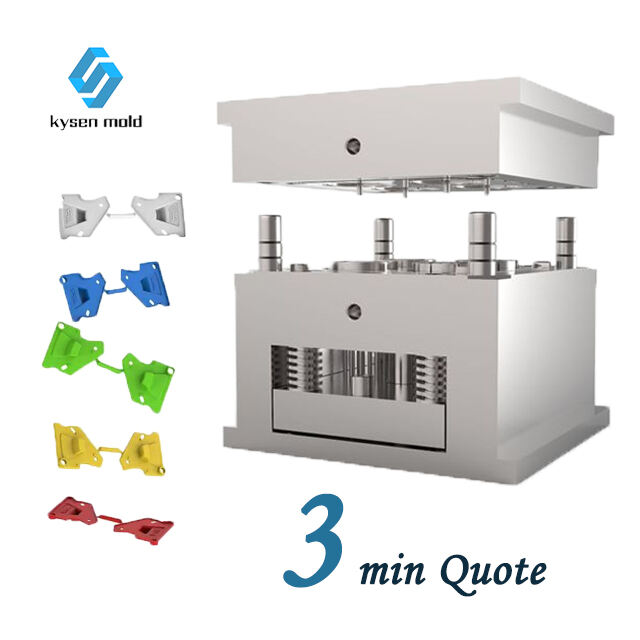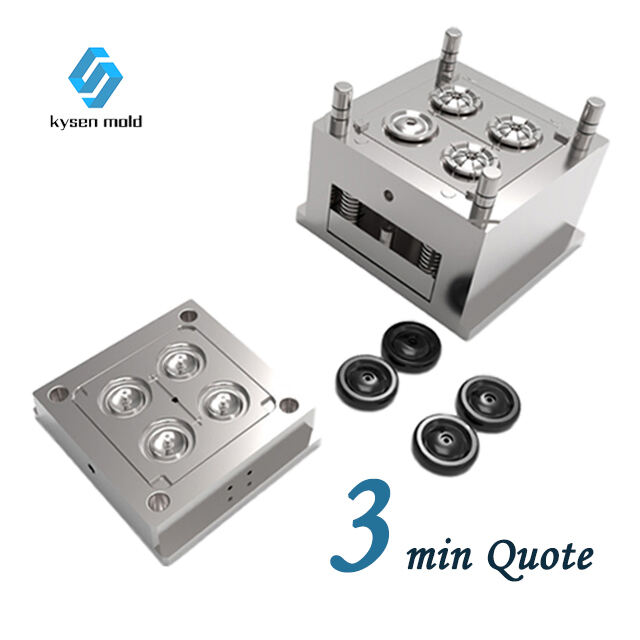polyethylene injection molding
Polyethylene injection molding is a manufacturing process that involves injecting molten polyethylene into a mold to create a desired shape. This process is highly efficient and versatile, making it suitable for a wide range of applications. The main functions of polyethylene injection molding include producing parts with complex geometries, high precision, and excellent surface finishes. Technological features such as high-speed injection, automated production, and tight tolerance control contribute to the process's effectiveness. Common applications of polyethylene injection molding include the production of plastic containers, bottles, toys, automotive parts, and medical devices.


